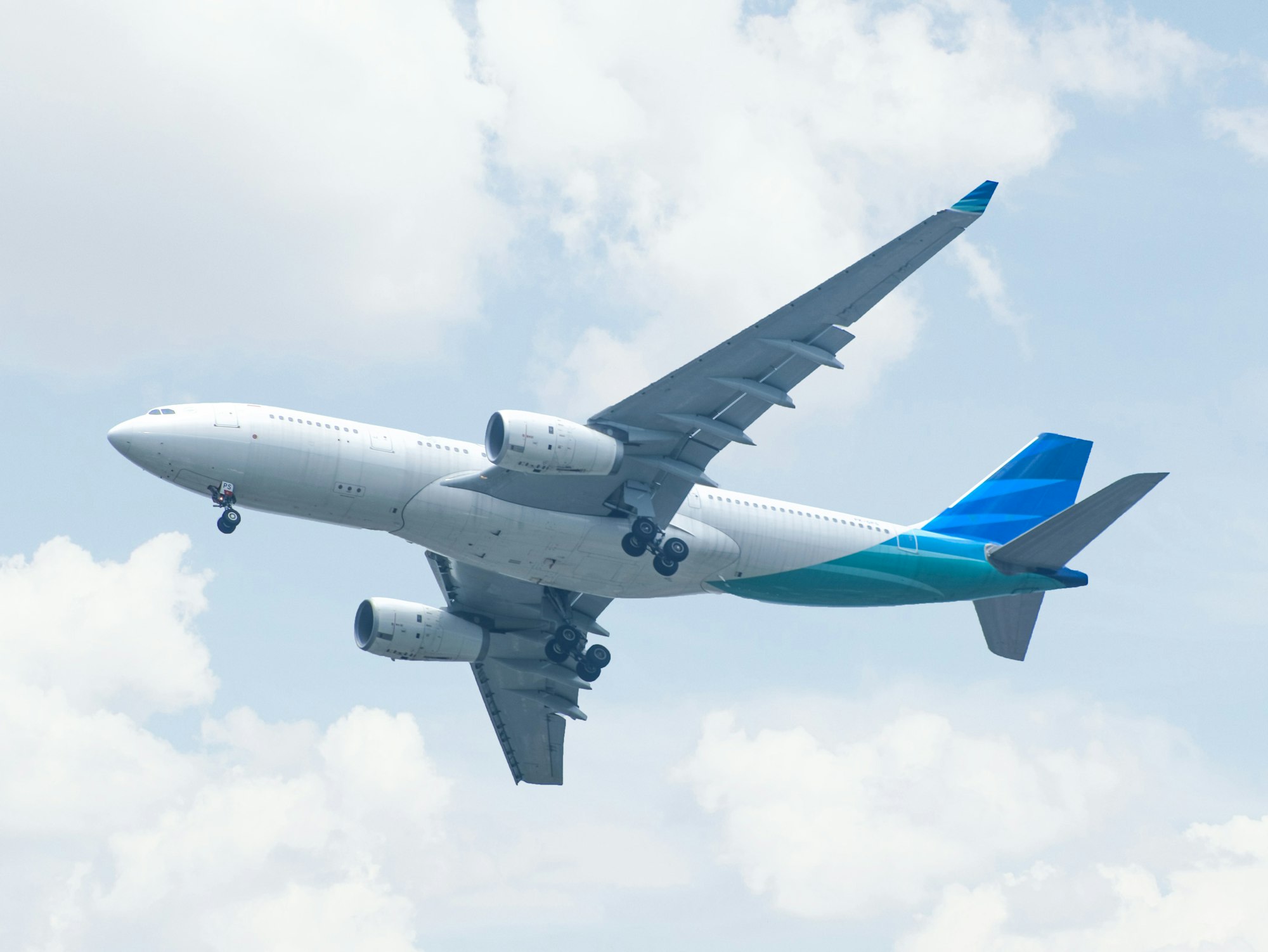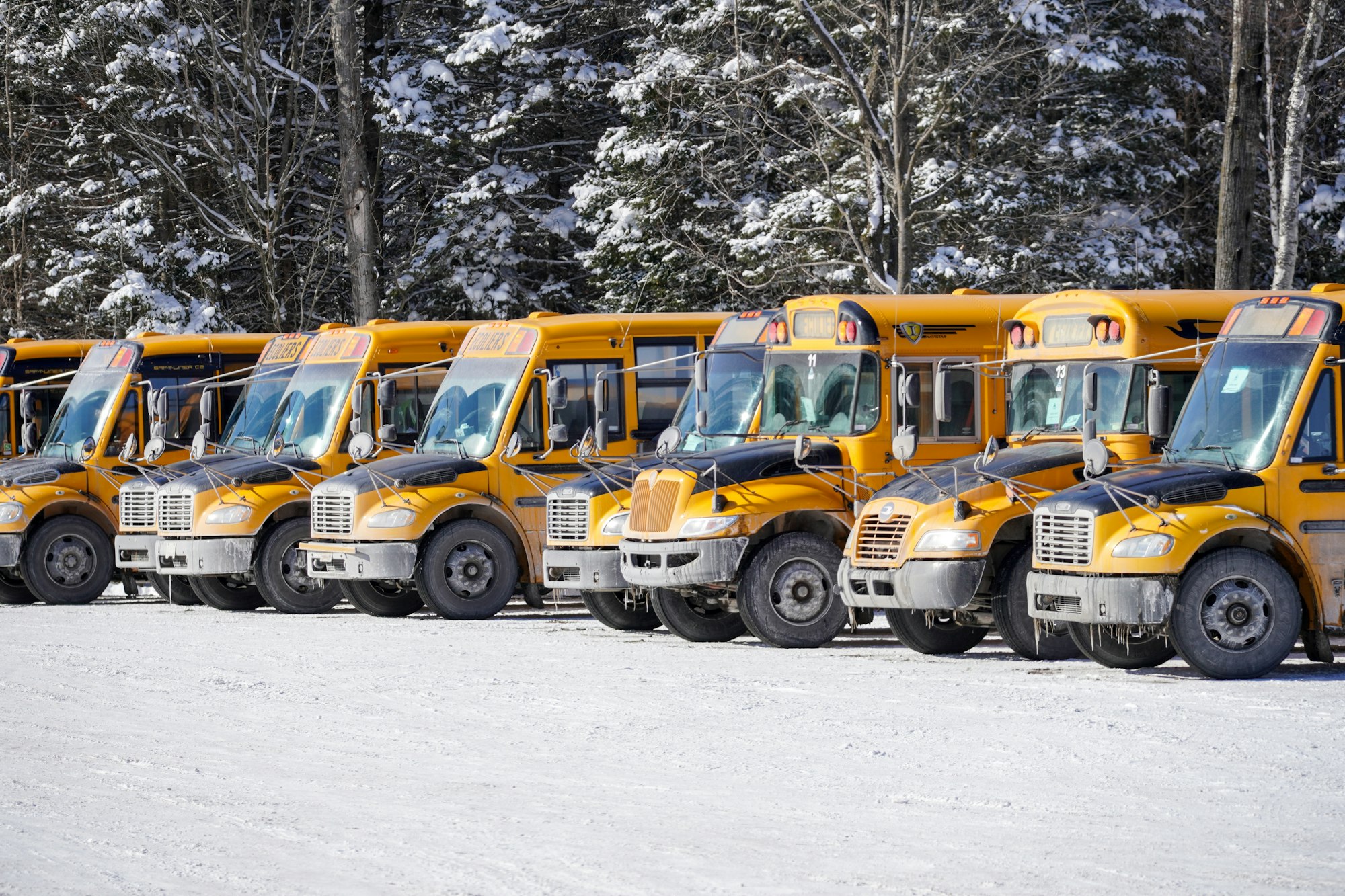Identifying key sites across the Falklands to conserve seabirds View more articles tagged as
We talk to Jonathan Handley, Senior Marine IBA/KBA Officer at BirdLife and lead author of a recent study identifying globally important sites for seabirds across the Falkland Islands, using methods that can help identify other critical areas around the world.SHARE VIA:
An interview with Jonathan Handley, Senior Marine IBA/KBA Officer at BirdLife
Why is identifying Key Biodiversity Areas so important for conservation?
The crux of the matter is that decision-makers need to know where conservation and management measures are needed most to conserve nature, and identifying Key Biodiversity Areas (KBAs) provides this opportunity. KBAs use a standardised set of criteria to highlight the areas most important for nature, their designation being underpinned by 13 global conservation organisations and recognised in key international agreements such as the UN’s Sustainable Development Goals.
Why is identifying KBAs in marine areas particularly challenging?
Simply, humans are not very well adapted to the marine environment. Venturing into the sea or following animals beyond the shoreline has traditionally been quite difficult. However, new animal tracking technology is allowing us to understand the movements of more and more species at sea, including seabirds.
Why did you choose to focus on seabirds in coastal areas of the Falkland Islands?
Marine ecosystems across the globe, particularly those in coastal seas, are coming under increasing pressure from an ever-rising demand for resources. On the Falkland Islands, a proposed network of Marine Management Areas has already been planned, but not all the available evidence for biodiversity in the region was considered during the design process – including for seabirds.
We had an opportunity to summarise much of the available evidence by identifying KBAs, and in doing so, we have provided guidance to key decision-makers managing the Falkland’s coastal seas.
Header image: Climate change is already the leading threat to Southern Rockhopper Penguin (Vulnerable) © Sorrel Pompert Robertson
Are the globally important areas for seabirds you identified also important for other taxonomic groups? And by identifying these sites, how will it help protect them?
The broader areas we identified reinforce an original KBA designated for Sei Whales. There is also lots of evidence highlighting how the area is important for seals, dolphins, larval stages of squid and fish development, as well as kelp forests that support a rich array of species.
By identifying these sites as KBAs, it makes them comparable to a global network of vital sites: we can now easily show on a map that these are some of the world’s most important places for species such as Southern Rockhopper Penguin (Vulnerable), Sooty Shearwater (Near Threatened) and the endemic Falkland Steamerduck.
Given KBAs are linked to international agreements that nearly all countries have signed up to, and that the data is curated in a long-lasting database, we have the leverage and evidence to show where decision-makers can, and should, act.
While your research focused on the Falkland Islands, can this study help identify and protect globally important sites for seabirds elsewhere around the world?
Yes – one of the key purposes of the methods we developed was to help researchers and conservationists working elsewhere to transfer the protocol globally. All that’s needed is just a few – although not always easy to obtain – pieces of information: where seabirds breed, population estimates and their typical movement patterns at sea.
‘Progressing delineations of key biodiversity areas for seabirds, and their application to management of coastal seas’ is published in Diversity and Distributions. Find out more about BirdLife’s science here.



